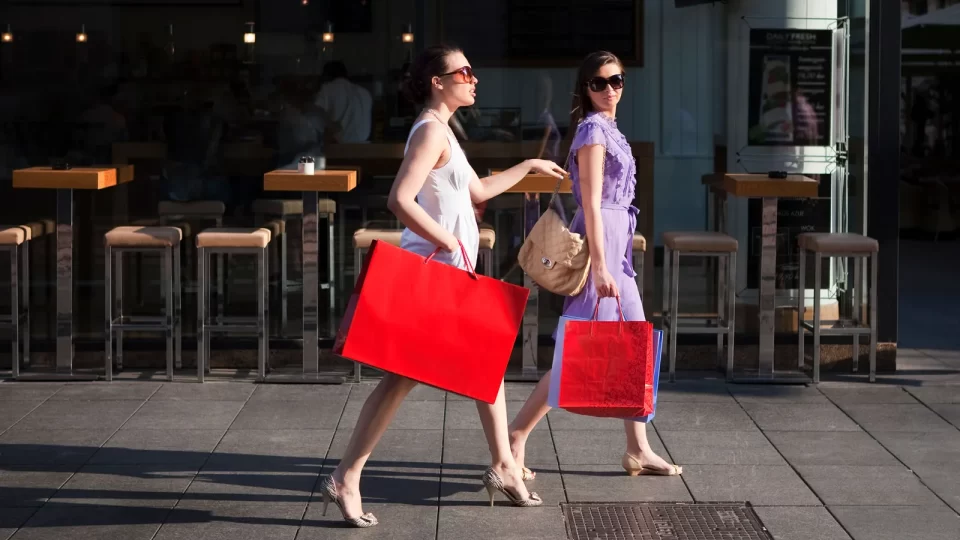A
At JCPenney stores across the US, shoppers may notice a fresh paint smell, better lighting and shiny new signage – with even more improvements planned for the coming months. Centralised checkout counters are replacing registers once spread across multiple departments, and posters promise a “new and improved shopping experience” once the remodels are complete. Change is afoot at the retailer, and not just in the form of upgraded carpet (though that, too, is on the list).
The updates are part of a $1bn (£808m) investment the company announced in late August – a pricey effort to reinvigorate the brand following a high profile 2020 bankruptcy and subsequent restructuring. The funds will be partly dedicated to slicker technology and improved e-commerce features, but much of the focus remains on JCPenney’s more than 650 physical stores.
As a numbers game, this makes sense for the American department store chain: brick-and-mortar sales account for about 70% of the company’s revenue, so enticing people to keep making those in-person trips will be crucial to recovery.
Beyond that, in surveys and focus groups, shoppers continue to emphasise the importance of stores, says Katie Mullen, JCPenney’s chief customer officer. “Our customer tells us that they care about the store environment,” she says. “They tell us that they care about product availability, and they tell us that they care about inspiration.”
JCPenney is among the companies doubling down on their retail presences, for many different reasons. It may be surprising amid the recent narrative, in which experts and shoppers alike have declared once-thriving malls dead due to retailers’ losing battles against Amazon, economic challenges, demographic shifts and better-managed competition. Indeed, vacant storefronts across the US have been converted to apartment complexes, pickleball courts, medical centres, coworking spaces and entertainment venues.
Source:BBC
But while these trends paint a bearish picture of the future of traditional physical retail, some companies are making moves that suggest they still see in-store shopping as an opportunity for growth. Their strategies differ, but each are catering to what consumers say they want – and need.

